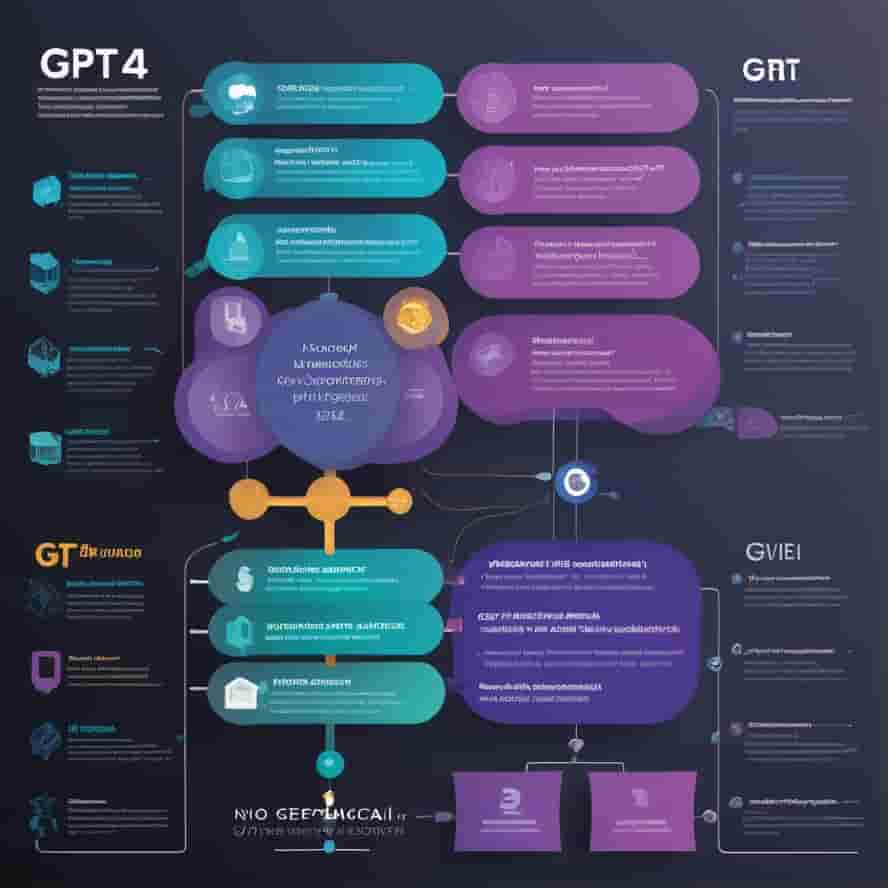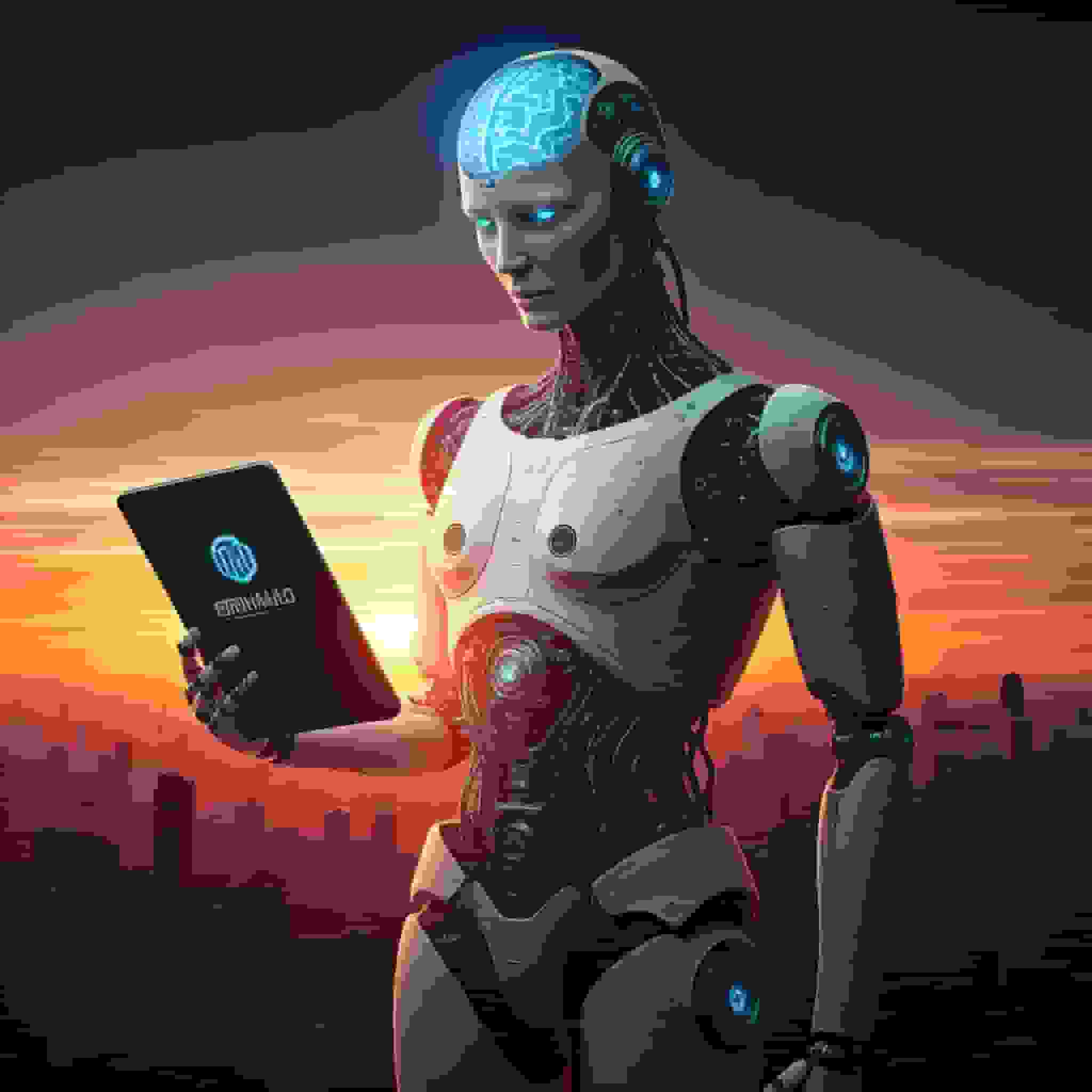OpenAI CEO Sam Altman has recently taken to social media to debunk rumors surrounding the release of a new AI model, tentatively named Orion. The rumors, which originated from a report by The Verge, suggested that OpenAI was gearing up to launch Orion in December 2023.

Altman Expresses Displeasure with Misinformation
In a post on X (formerly Twitter), Altman expressed his frustration with the media’s tendency to publish unverified information. He strongly refuted the claims made by The Verge, labeling them as “random fantasy.”
The Verge Report and Its Claims
The Verge report, citing anonymous sources, claimed that OpenAI was actively developing the Orion model and that Microsoft engineers were already working on integrating it into their products for a potential November release. The report further speculated that Orion would significantly outperform GPT-4, offering enhanced capabilities and performance.
The Reality Check
While it’s undeniable that OpenAI is constantly pushing the boundaries of AI research and development, the company has not officially announced any concrete plans for the release of a new AI model in 2023. Altman’s public denial should put an end to the speculation and misinformation surrounding Orion.
Comparing Old and New AI Models: A Quick Overview
While it’s challenging to provide a definitive comparison without specific model names and their exact capabilities, we can discuss general trends in AI model evolution. Here’s a breakdown of key differences between older and newer models:
Older Models
- Rule-Based Systems: Relied on predefined rules and logic to make decisions.
Limited Learning Capacity: Required significant manual programming and data curation.
- Narrow Intelligence: Specialized in specific tasks, lacking adaptability.
- Less Data-Driven: Often trained on smaller, more curated datasets.
Newer Models
- Machine Learning: Utilize algorithms to learn patterns from data.
- Deep Learning: Employ neural networks to process complex information.
- Enhanced Learning Capacity: Can learn from vast amounts of data, improving performance over time.
- Broader intelligence: capable of handling multiple tasks and adapting to new situations.
- Data-Driven: Rely heavily on large datasets for training.
Key Improvements in Newer Models
- Increased accuracy and precision: Advanced algorithms and larger datasets lead to more accurate predictions and decisions.
- Enhanced Natural Language Processing: Better understanding and generation of human language.
- Improved Image and Video Analysis: More sophisticated image and video recognition and analysis capabilities.
- Stronger Problem-Solving Abilities: Ability to tackle complex problems and find innovative solutions.
- Ethical Considerations: Greater focus on fairness, bias mitigation, and transparency in AI development.
Specific Examples of Model Evolution
- Image Recognition: Older models struggled with complex images, while newer models can identify objects, scenes, and even emotions with high accuracy.
- Natural Language Processing: Early models were limited to basic tasks like translation, while newer models can generate creative text, answer complex questions, and even write code.
- Recommendation Systems: Older systems relied on simple rules, while newer models use advanced algorithms to provide highly personalized recommendations.
Conclusion
As we eagerly await the next advancements in AI, it’s crucial to rely on credible sources and official announcements from OpenAI. While the potential of AI is immense, it’s equally important to temper expectations and avoid falling prey to unfounded rumors.



